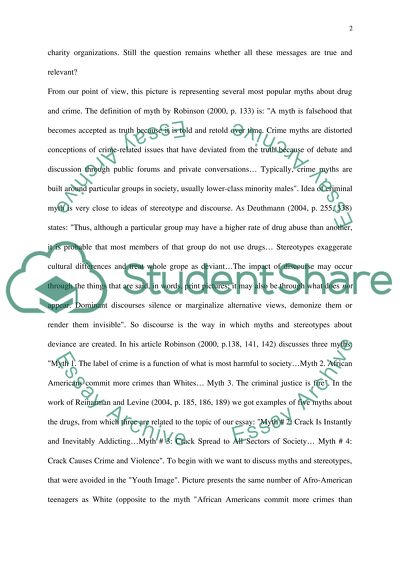Cite this document
(“Youth Image Essay Example | Topics and Well Written Essays - 1000 words”, n.d.)
Retrieved from https://studentshare.org/sociology/1503855-youth-image-sociology
Retrieved from https://studentshare.org/sociology/1503855-youth-image-sociology
(Youth Image Essay Example | Topics and Well Written Essays - 1000 Words)
https://studentshare.org/sociology/1503855-youth-image-sociology.
https://studentshare.org/sociology/1503855-youth-image-sociology.
“Youth Image Essay Example | Topics and Well Written Essays - 1000 Words”, n.d. https://studentshare.org/sociology/1503855-youth-image-sociology.


